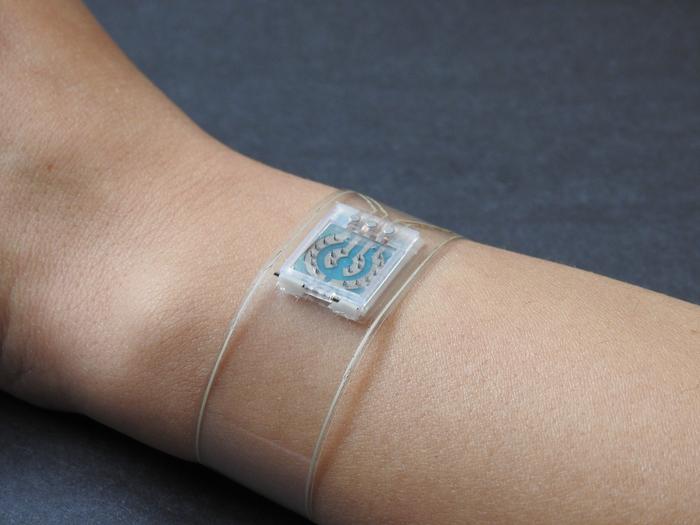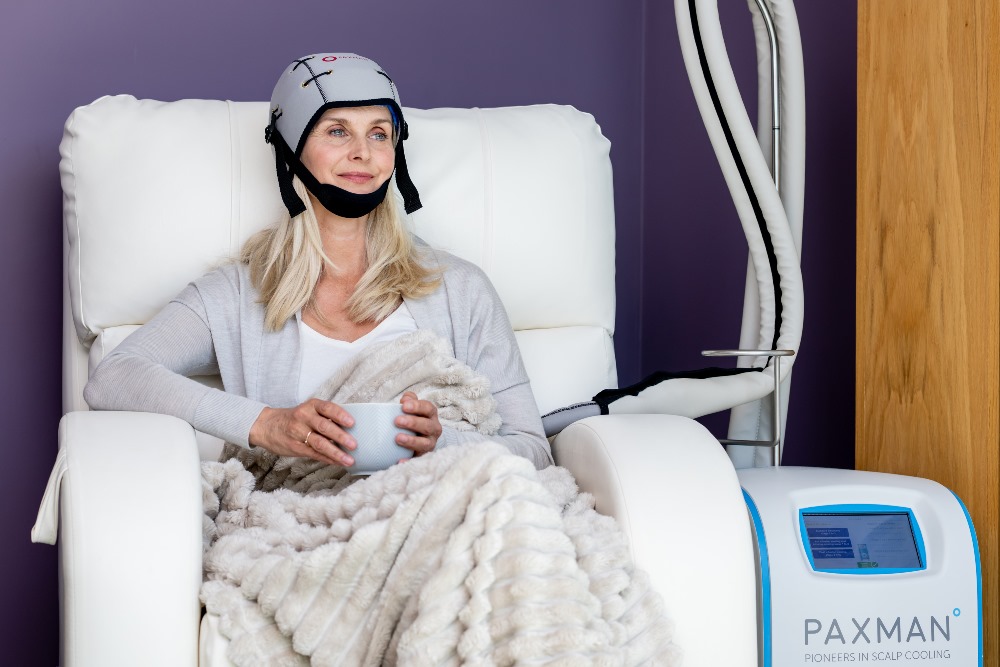Wristband tracks glucose and heart health in real time

A new wearable wristband can monitor glucose levels, blood pressure and other key health markers continuously, offering a more complete picture of diabetes and cardiovascular health.
The device uses small, pain-free microneedles to sample interstitial fluid beneath the skin and measure glucose, lactate and alcohol in real time using embedded enzymes.
It also combines ultrasound sensors to assess blood pressure and arterial stiffness – a measure of blood vessel flexibility – and ECG sensors to track heart rate from wrist pulses.
Researchers designed the wristband to address the limitations of traditional glucose monitors, which provide only single readings and do not account for other health factors linked to diabetes progression and cardiovascular risk.
Developed by teams at the University of California San Diego, the flexible device features replaceable microneedle arrays to reduce infection risk and support longer-term use. It integrates chemical and cardiovascular monitoring in a single platform.
An-Yi Chang is a postdoctoral researcher in the Aiiso Yufeng Li Family Department of Chemical and Nano Engineering at UC San Diego.
The researcher said: “Comprehensive and effective management of diabetes requires more than just a single glucose reading.
“By tracking glucose, lactate, alcohol and cardiovascular signals in real time, this pain-free wristband can help people better understand their health and enable early action to reduce diabetes risk.”
Chang is a co-first author on the study alongside Muyang Lin, Lu Yin and Maria Reynoso, also from the same department.
A connected smart device displays real-time readings of glucose, lactate, alcohol, blood pressure, heart rate and arterial stiffness.
This allows users to see how meals, alcohol intake or physical activity affect their metabolic and cardiovascular responses.
Tests showed the wristband’s glucose readings were closely aligned with both blood glucose meters and continuous glucose monitors. Alcohol readings matched breathalyser results, and lactate measurements during exercise corresponded with blood lactate meters.
The device also simultaneously captured cardiovascular responses, including quantitative readings of blood pressure, heart rate and arterial stiffness.
The research was a collaboration between the groups of professors Joseph Wang and Sheng Xu. Wang’s team specialises in multi-biomarker wearable chemical sensing, while Xu’s group focuses on wearable ultrasound systems for deep tissue cardiovascular monitoring.
Researchers said the technology could offer wearers and clinicians a more detailed view of physiological changes, helping to detect dangerous trends earlier and fill a gap in out-of-clinic cardiovascular monitoring for people with diabetes.
Next steps include expanding the system to monitor additional biomarkers and testing power sources such as body sweat or sunlight. The team also aims to apply machine learning to analyse the large amounts of personalised health data collected by the device.

An-Yi Chang






